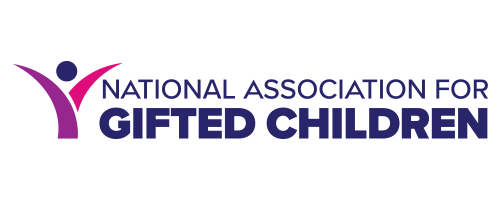Developing Resilience in Gifted Students
By Megan Parker Peters Ph.D.
When you know you are the best, it is hard not to be. Whether or not gifted students are #1 in content knowledge, critical thinking, reasoning, an artistic ability, or athleticism, they internally know that they are strong in their area of giftedness. They exceed the expectations of many in their area of expertise. They have taken on the identify of being gifted and may have the personal expectations that they should be able to tackle goals and challenges with ease, akin to the notions expressed in Dweck’s fixed mindset (2006). However, inevitably, the best planned goals are met with challenges that become road blocks. Being gifted does not prevent setbacks or complications. However, gifted students are equipped with superior cognitive potential, which can support them to more effectively move past the road blocks to get back on the path to progress. In the book I co-wrote with Emily Mofield, "Teaching Tenacity, Resilience, and a Drive for Excellence", we present ideas for supporting students’ growth in tenacity, grit, and resilience not by avoiding obstacles but by acknowledging the obstacles and considering ways to move through them.
When students avoid apparent obstacles, they stunt their growth opportunities. For example, an artistically-gifted student is invited to create a piece for a competitive, high-tier art show. This is an honor! A great opportunity! The student is excited with this potential opportunity to be recognized at an elevated level but is internally worried that their work might not be good enough. Or, perhaps, they will be laughed at when it comes time for the art show, as their piece is not as impressive as expected. The student begins several works over the coming weeks, discarding drafts again and again as the student is continually dissatisfied with the products. The student artist wants their piece to be beyond expectations. They want viewers to be impressed with their talent and according product. As the art show continues to draw near, the student’s art teacher checks in and asks about their progress, and little is available to share. The student shares that it has been difficult to bring a piece to fruition. The student’s teacher has experience with gifted learners and begins asking supportive questions: "What is inspiring you? Tell me about your process and progress". The teacher introduces a strategy from our text known as PACT, which is an acronym for Problem, Alternatives, Consequences, Try one.
PACT is a strategy that can capitalize on gifted students’ strong cognitive abilities when working through apparent challenges. The teacher first supports the student to name the P-Problem. In this case, the Problem would be that the student is having difficulty finalizing the artistic product. Then, the teacher asks the student to think of different Alternatives to approach the problem. For example, when the student gets to a point where they think that the piece is not good enough to continue, they could take a photo with their phone and share with a friend. Or, they could put the piece away for a few days before returning to it. Or, they could put the piece aside and work on something else, while not discarding the product in progress. Then, the student would be asked to think through each of the Consequences associated with each Alternative. Sharing the piece with a friend could result in the friend providing a renewed perspective—or, it could take the piece in a different direction entirely. If the piece is put aside for a few days, it could be forgotten. If the student works on something else, they could bring a fresh perspective to the piece –or, they could become more dissatisfied.
The last part of PACT, Try one— asks the student to choose one of the Alternatives as a path forward. It is explained that the Alternatives bring potential Consequences with them. But, it also allows the student to see that there are multiple ways to approach the personal challenge. And, if one Alternative is not helpful, another can be tried. PACT has multiple uses with students and adults alike and can support the development of resilience. This does not mean that student will be instantly satisfied with the results of the artistic piece, but it provides a framework for moving forward. I invite you to apply PACT with yourself and with your students to bring them through challenges and further on a pathway to greatness.


